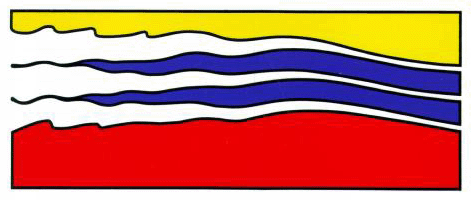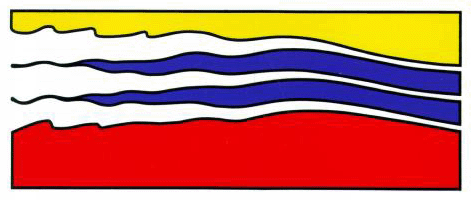
4111 Monarch Way, 3rd Floor
Old Dominion University
Norfolk, VA 23508
757-683-4940


An end-to-end food web model was developed to investigate
potential effets of changes in the structure of the marine food web in
the Marguerite Bay region of the western Antarctic Peninsula (WAP).
Data on abundance, diet composition and consumption of food web
components, which range from microbes to whales, were used to construct
a trophic framework that represents the current state of the WAP
system. This end-to-end model was then used in a top-down framework to
estimate the biomass of the mid and lower trophic levels necessary, on
an annual basis, to sustain the observed biomass of the top predators.
The top-down information was then inverted to get a bottom-up depiction
of the food web, where the production of prey determines the intake by
predators, in accordance with the expected direction of the energy flux
in the ecosystem. The bottom-up framework allows testing of the effect
of modifications in the energy fluxes in the lower and mid food web that
may arise from changes in ocean circulation and water mass properties on
annual production (and on the long term in the biomass) of the top
predators. The food web model allows investigation of complex linkages
between the different ecosystem components and potentially reveals
indirect and nonlinear feedbacks that may result from modifications of
diet and biomass of one of more trophic groups. For example, diverting
50% of the primary production (PP) grazed by Antarctic krill to salps
(usually considered a trophic dead-end) results in reduction of the
annual krill production (15-35%) and a consequent decrease in the annual
production of the krill-dependent top-predators. Adélie penguins
(7-17%), crabeater seals (14-32%), minke whales (14-32%) and humpback
whales (9-20%). A similar decrease in the amount of PP that goes to
herbivorous copepods results in a decrease in the annual production of
ctenophores (5-12%), cephalopods (7-9%), pelagic and benthic fish
(5-23%) and Weddell seals (6-11%). A small amount of predation on salps
by benthic fish results in an (indirect) increase in the annual
production of Weddell seals, for which the benthic fish represent an
important percentage (40%) of the diet.
Tosca Ballerini received a M.S. degree in Natural Sciences from the University of Florence in 2001 and a Ph.D. in Ecology and Biology of Polar Habitats from the University of Siena in Italy in 2007. She is currently a postdoctoral researcher at the Center for Coastal Physical Oceanography at Old Dominion University. Her research is focused on development of end-to-end food web models for the Southern Ocean, with emphasis on the western Antarctic Peninsula region, and on comparison of the trophic structure of this region to similar studies ongoing for the northwest Atlantic, northeast Pacific, and Gulf of Alaska. This study is part of the final synthesis and integration phase of the U.S. Global Ocean Ecosystem Dynamics (GLOBEC) program.

|
Innovation Research Park Building I 4111 Monarch Way, 3rd Floor Old Dominion University Norfolk, VA 23508 757-683-4940 |

|